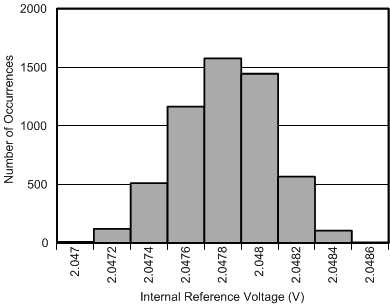SBAS925A August 2018 – November 2018 ADS1119
PRODUCTION DATA.
- 1 Features
- 2 Applications
- 3 Description
- 4 Revision History
- 5 Pin Configuration and Functions
- 6 Specifications
- 7 Parameter Measurement Information
- 8 Detailed Description
- 9 Application and Implementation
- 10Power Supply Recommendations
- 11Layout
- 12Device and Documentation Support
- 13Mechanical, Packaging, and Orderable Information
Package Options
Mechanical Data (Package|Pins)
Thermal pad, mechanical data (Package|Pins)
- RTE|16
Orderable Information
6.8 Typical Characteristics
at TA = 25°C, AVDD = 3.3 V, and using internal VREF = 2.048 V (unless otherwise noted)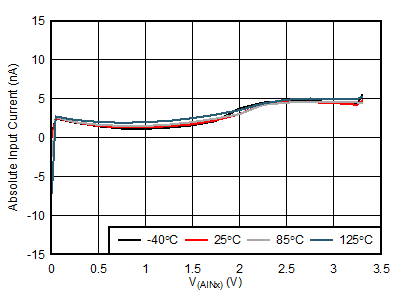
| VIN = 0 V |
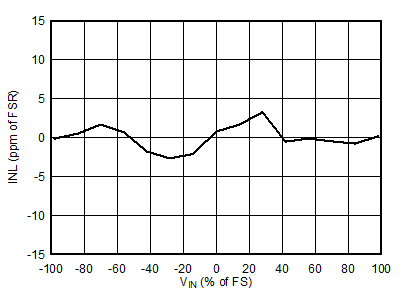
| External reference, best fit |
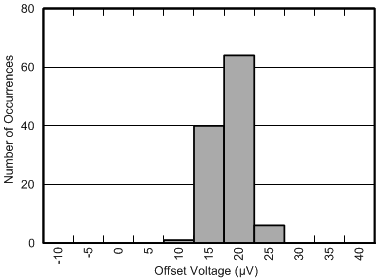
| AVDD = 5 V, gain = 1, 110 samples |
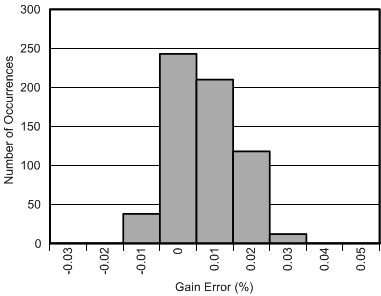
| Gain = 1, 620 samples,
excluding error of voltage reference |
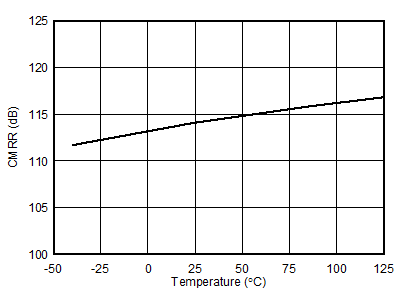

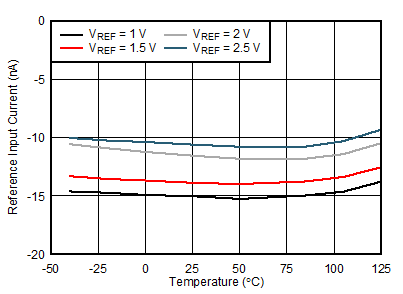
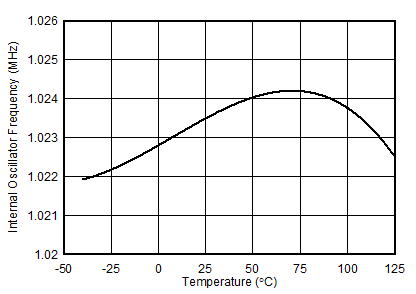
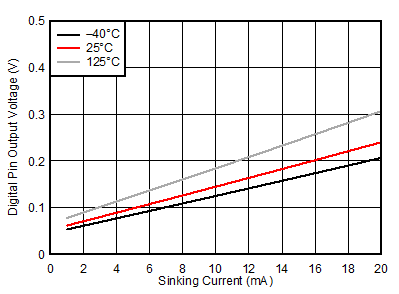
| DVDD = 3.3 V |
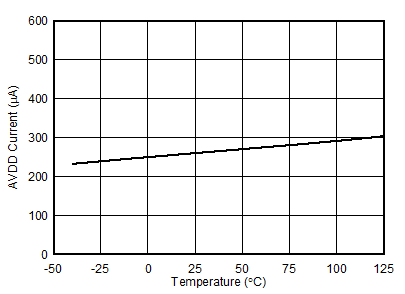
| Conversion mode |
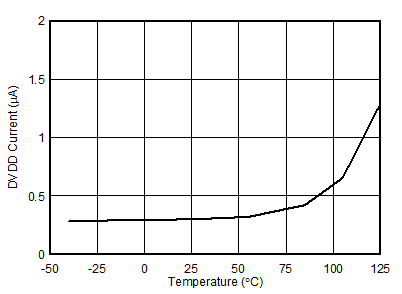
| Power-down mode |
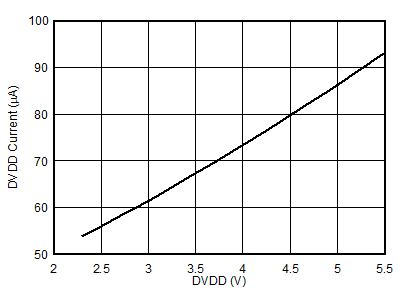
| Conversion mode |
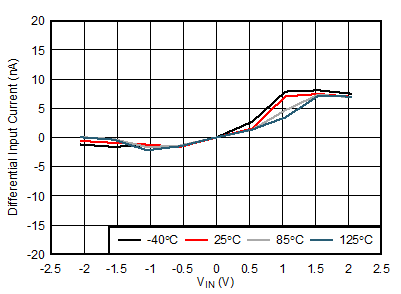
| VCM = 1.65 V |
Differential Input Voltage
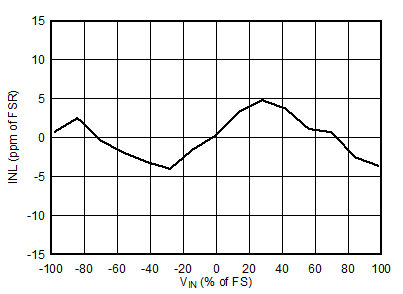
| Internal reference, best fit |
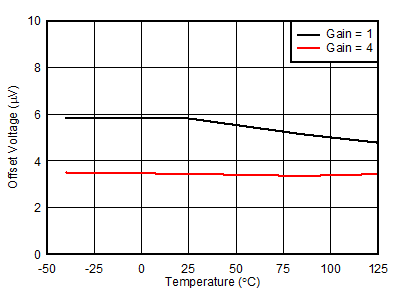
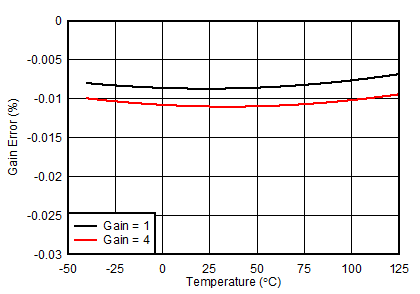
| Excluding error of voltage reference | ||
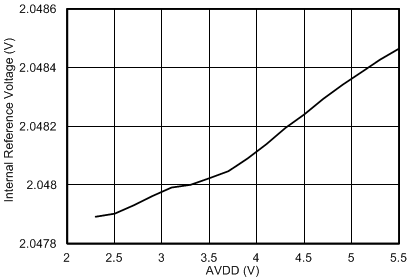
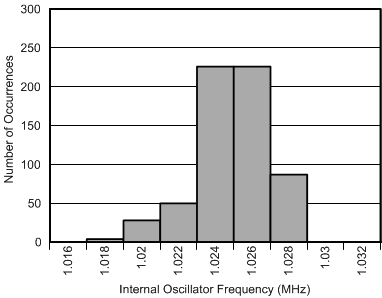

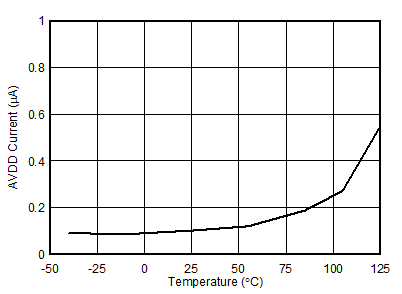
| Power-down mode |
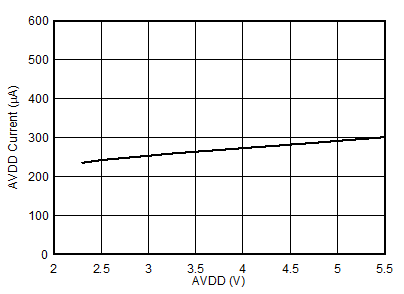
| Conversion mode |
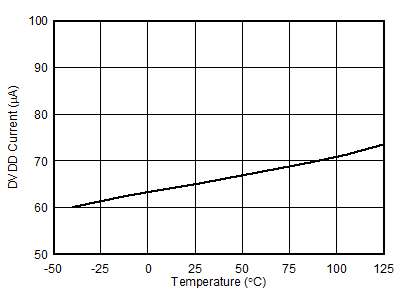
| Conversion mode |
